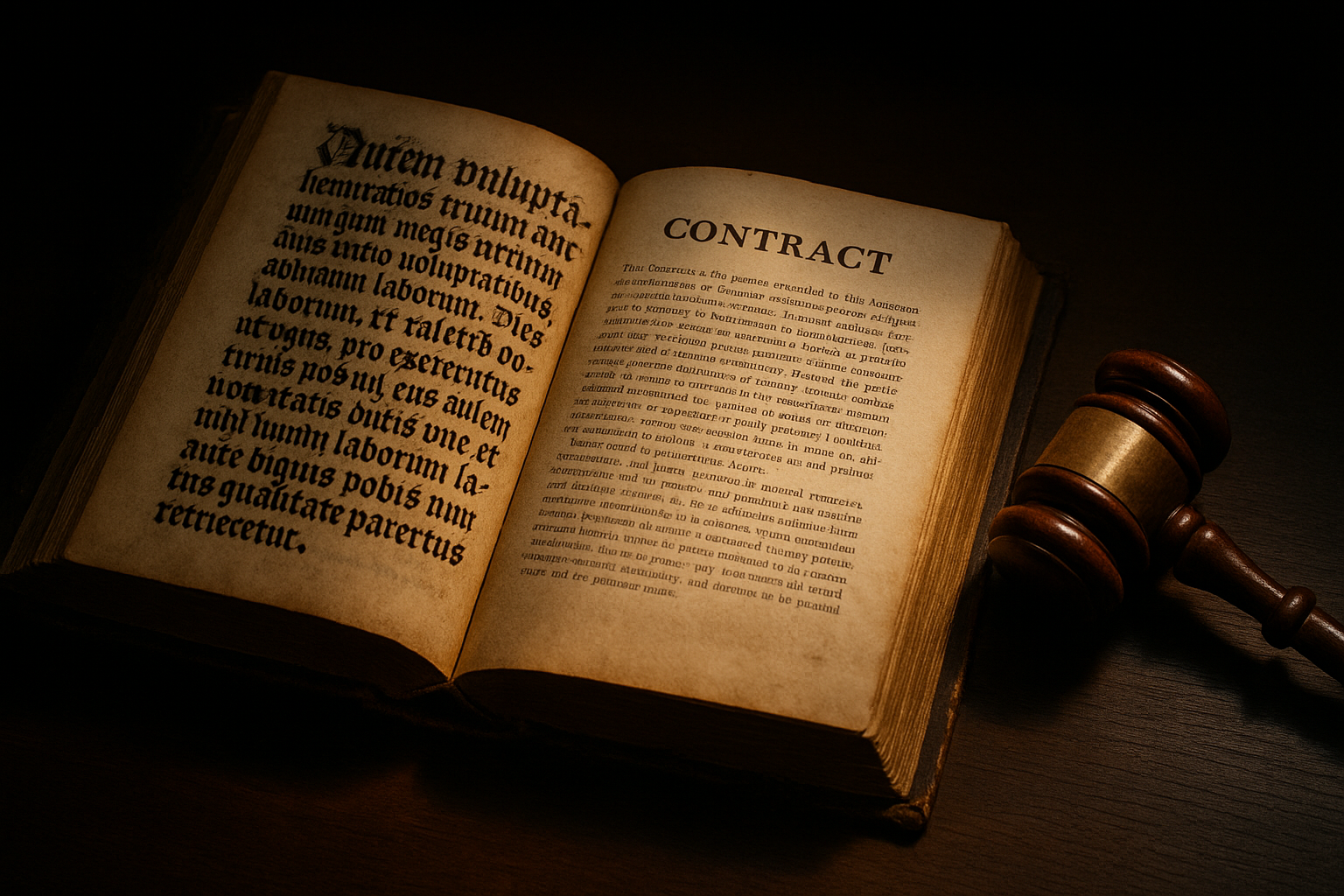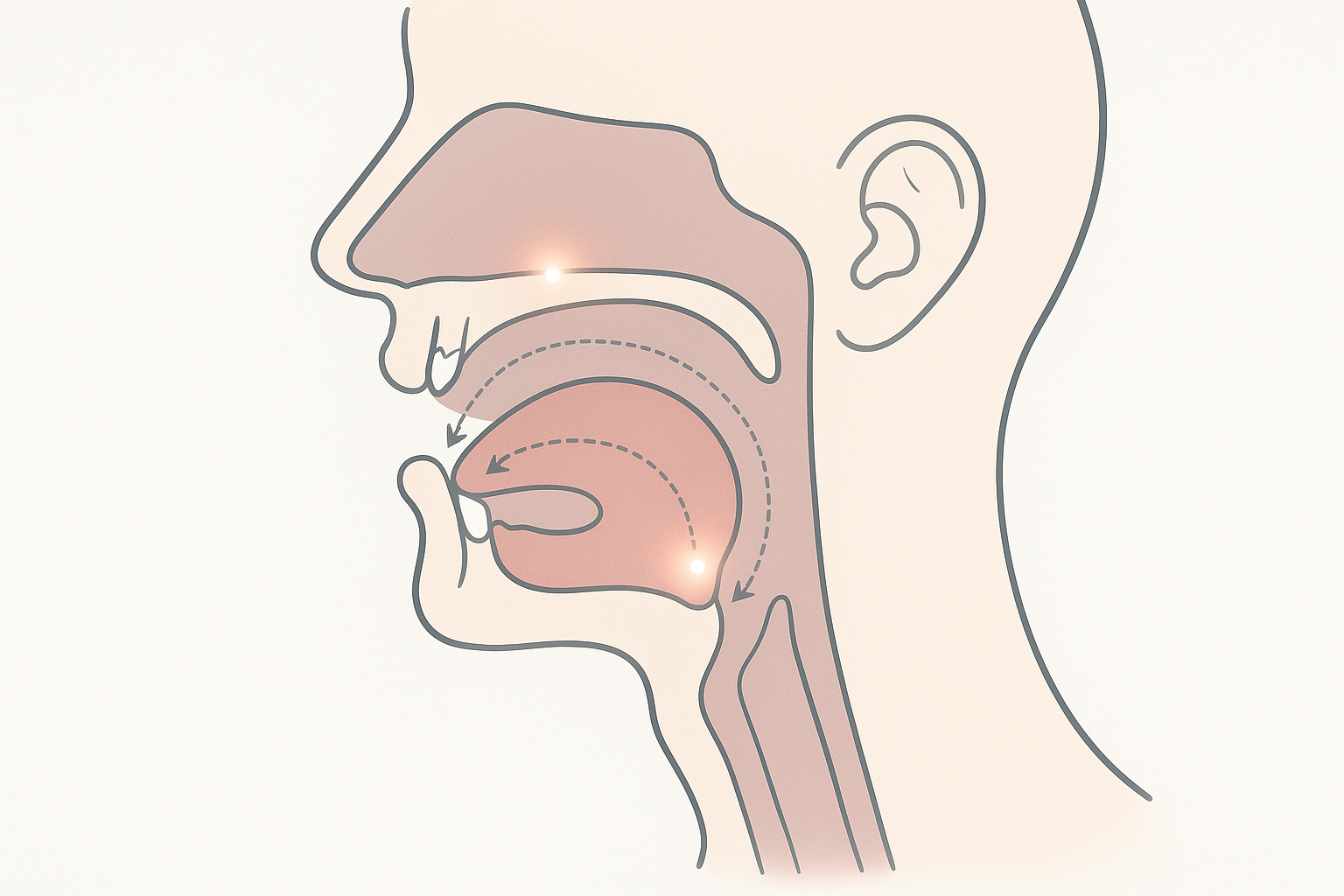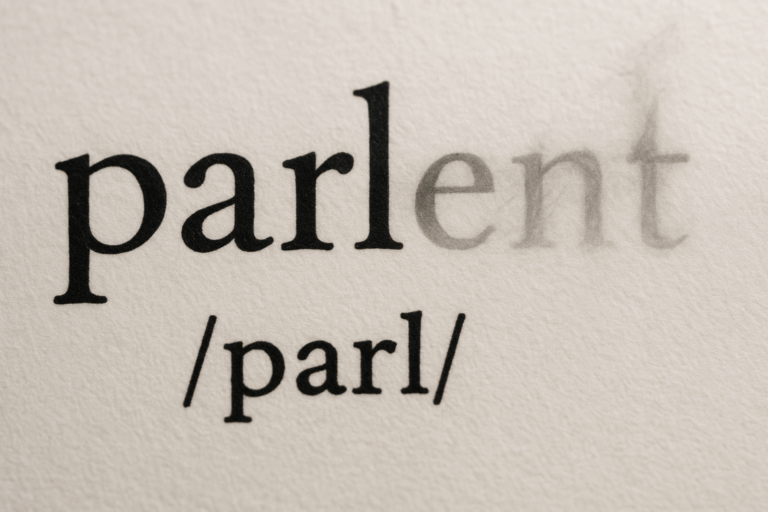Ever tried to read the terms and conditions for a new app? Or perhaps you’ve waded through a rental agreement, your eyes glazing over as you encounter a forest of dense, impenetrable text. Words like herein, aforesaid, and notwithstanding stand like ancient monoliths in sentences that seem to stretch on for miles. You’re not alone in your confusion. This is “legalese,” and it’s more than just convoluted writing—it’s a specialized language register with a fascinating and complex history.
Legal language wasn’t designed to be confusing, at least not intentionally. It evolved over a millennium in a relentless pursuit of one thing: absolute precision. The architects of this language—lawyers, judges, and scribes—were trying to build airtight arguments and contracts, leaving no room for ambiguity or loopholes. But in their quest for legal clarity, they sacrificed common understanding, creating a linguistic barrier for almost everyone else.
A Linguistic Gumbo: The Triple Heritage of Legalese
To understand why legalese sounds so alien, we have to travel back to 1066. When William the Conqueror and his Normans invaded England, they didn’t just bring a new ruling class; they brought a new language. For the next 300 years, the language of the English courts was not English, but Norman French, which evolved into a unique dialect known as Law French.
This history is baked into our modern legal vocabulary. Words we take for granted as “legal” are often direct descendants of Law French:
- Plaintiff and defendant
- Contract, lease, and mortgage
- Attorney, judge, and jury
- Property and estate
But Law French wasn’t the only foreign tongue in the courtroom. Latin, the language of the Church and formal scholarship across Europe, also played a crucial role. It provided a vocabulary for maxims and doctrines that needed to sound formal and immutable. This is where we get phrases like habeas corpus (“you shall have the body”), mens rea (“guilty mind”), and pro bono (“for the public good”).
Meanwhile, the common people continued to speak Early Modern English. As English gradually crept back into legal proceedings, a peculiar habit formed. To ensure everyone—from the French-speaking judge to the English-speaking juror—understood, lawyers would often use words from both traditions side-by-side. This created legal “doublets” or “couplets” that persist to this day, such as:
- Breaking and entering (English/French)
- Will and testament (English/Latin)
- Cease and desist (French/English)
- Null and void (French/French, but from different roots)
What began as a tool for multilingual clarification became a fossilized tradition, adding to the wordiness we see today.
Building Sentences Like Fortresses: The Peculiar Syntax of Law
Beyond its vocabulary, the very structure of legal sentences is designed for a specific, non-literary purpose. While a novelist wants to create rhythm and flow, a lawyer wants to build an impregnable fortress of logic.
This leads to two signature features: monstrously long sentences and unusual word order.
The long sentences are a direct result of a lawyer’s fear of context being stripped away. To prevent a clause from being quoted out of context, they pack every condition, exception, and qualification into a single, self-contained sentence. The idea is that the sentence contains the entire, indivisible legal thought. For example, a simple idea like “If you pay rent late, you will be fined” becomes: “In the event that the Tenant fails to deliver the full amount of the monthly rent, as stipulated in Section 4(a), to the Landlord or the Landlord’s designated agent on or before the fifth day of the month for which the rent is due, a late fee of fifty dollars ($50.00) shall be assessed and become immediately due and payable.”
The unusual word order often mimics archaic patterns from French or Latin, or it’s used to place conditions at the front for emphasis. Phrases like “The party of the first part,” instead of a simple name, were used to create abstract, reusable templates for documents.
A Dictionary of Its Own: Deconstructing the Jargon
Now, let’s look at those classic legalistic words. They aren’t just fancy synonyms; they are precision tools for internal navigation within a document.
- Herein, Thereof, Wherefore: These compound words are essentially navigational shortcuts. Herein means “in this document.” Thereof means “of that thing just mentioned.” They are hyper-specific pronouns that prevent the writer from having to repeat phrases like “the terms of this contract” or “the consequences of that action.”
- Aforesaid / Aforementioned: Like thereof, these words are pointers. They mean “the person or thing mentioned before.” It’s a way to be crystal clear that you are referring to the specific “John Smith residing at 123 Main Street” mentioned in paragraph one, and not some other John Smith.
- Notwithstanding: This is a powerful legal term that means “in spite of” or “despite.” It’s used to override a potential conflict. If a clause says “Notwithstanding any other provision in this agreement,” it signals that this rule trumps any other rule that might seem to contradict it. It’s a way of saying, “Pay attention! This part is the exception that wins.”
- Shall: In normal English, “shall” is a stuffy way of saying “will.” In law, it is a command. “The Tenant shall pay rent” is not a prediction; it is an unbreakable obligation. Using “shall” instead of “must” or “will” is a convention that signals a binding duty.
The Paradox of Precision: Why Clarity Became Confusion
The irony of legalese is that its original mission was to eliminate ambiguity. By using a specialized, unchanging vocabulary and a rigid syntax, lawyers aimed to create documents that would mean the exact same thing to any other lawyer, anywhere, at any time. For communication between legal experts, it can be an efficient shorthand.
The problem is that law governs everyone, not just lawyers. In the process of making language precise for insiders, the legal profession made it opaque for outsiders. The language evolved for the courtroom and the negotiation table, not for the consumer trying to understand their rights.
Thankfully, there is a growing awareness of this problem. The “Plain Language Movement” advocates for rewriting legal documents—from government forms to consumer contracts—in clear, accessible English. It argues that true clarity comes from being understood by the people an agreement actually affects.
So the next time you encounter a legal document, remember: you’re not reading bad English. You’re reading a different language, one born from a collision of history, a fear of loopholes, and a devotion to a kind of precision that, for the rest of us, looks a lot like confusion.









